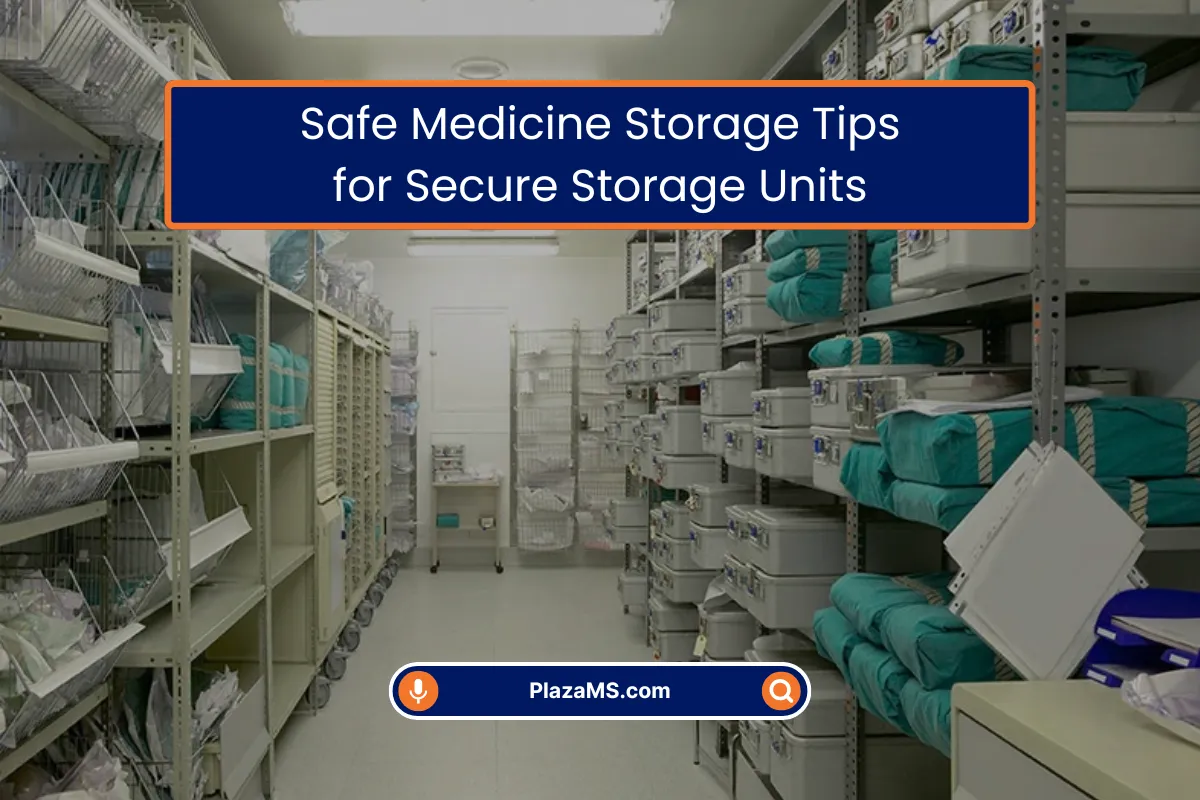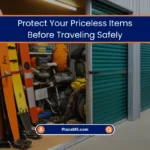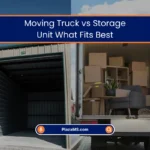Alright, let’s have a real talk for a second. I want you to open your bathroom cabinet. Go on, I’ll wait.
What do you see? Probably a jumble of half-empty prescription bottles, a few ancient boxes of Band-Aids, that one pain reliever you bought for a toothache three years ago, and maybe a thermometer with a dead battery.
It’s a mess, right? We’ve all been there. We shove this stuff in the dark and promise ourselves we’ll organize it “later.”
But here’s the thing most people never stop to think about: that mess isn’t just disorganized. It’s expensive. You are literally throwing your money in the trash by storing medical supplies incorrectly.
I’m not talking about a few pennies. I’m talking about hundreds of dollars on prescriptions that don’t work anymore. I’m talking about a $400 CPAP machine that got ruined in the garage. I’ve seen it happen, and it’s a gut punch every time.
So let’s break down the biggest money-wasters and how you can fix them. This isn’t complicated stuff. It’s just about being a little smarter.
First up: Your bathroom cabinet is a liar
It’s called a “medicine cabinet,” so it feels like the right place. But it’s the worst place. Think about what happens in there. You take a hot shower. The room fills with steam. It gets hot and humid. Then it cools down. Then you do it again tomorrow.
- The Problem: This daily sauna session is destroying your meds. That humidity gets into the bottles. Pills absorb it and start to break down. Creams separate. That insulin or that liquid antibiotic? It might be totally useless weeks before the date on the box.
- The fix? Get it out of the bathroom. Seriously. Just move it. A kitchen cabinet (away from the stove and sink) or a bedroom drawer is infinitely better. You want somewhere stable, cool, and dry. Not a tropical rainforest.
Second: You think you’ll remember. You won’t
We’ve all done it. We get a prescription, use half of it, and think, “I’ll keep this for next time.” Then we throw it in the abyss of the closet. Two years later, you find it during a spring clean and think, “Is this still good?”
- The Problem: Expiration dates aren’t a suggestion. For most medicines, they’re a hard stop. The chemical makeup changes. It becomes less effective, or in some cases, downright dangerous. And it’s not just pills. The gel in those instant cold packs? It expires. The emergency burn cream? It expires.
- The fix? Twice a year—maybe when you change your clocks—do a five-minute sweep. Pull everything out. Check the dates. Toss anything that’s old. It feels good, I promise. It’s like a financial detox.
Third: The “Mystery Pill” drawer
This is the most dangerous one. Loose pills in a baggie. A single tablet at the bottom of a purse. An unmarked bottle from who-knows-when.
- The Problem: If you don’t know what it is, what it is, or when it expired, it is not medicine. It is poison. Taking it is a massive, unnecessary risk that could end in a very expensive trip to the emergency room.
- The fix? This is non-negotiable. Keep everything in its original container. If the bottle is too big, your pharmacist will give you a small, properly labeled one for free. Just ask. Never, ever mix pills from different prescriptions together.
Finally: The big-ticket items
This is where people really get hurt financially. That sleep apnea machine wasn’t cheap. That power wheelchair was a major investment. And then we store them in the dusty garage or the freezing attic.
Dust clogs filters. Extreme heat warps plastic and fries electronics. Cold kills batteries. You’re not storing it; you’re slowly breaking it. The repair bill will make your eyes water.
The fix? This equipment needs a clean, dry, temperature-stable home. If your house doesn’t have that—and let’s be real, many of ours don’t—that’s where thinking outside the house helps.
This is the part where I tell you that our job at Plaza Mini Storage is to solve exactly this problem. We offer clean, secure, and most importantly, climate-controlled units that are perfect for this stuff. It’s not a damp garage. It’s a clean, dry space where the temperature never swings wildly. It’s peace of mind knowing your $2,000 machine will actually work when you need it next season, not just be a very expensive paperweight.
Stop letting bad storage cost you money. A few simple changes can protect your health and your wallet. You’ve got this.












0 Comments